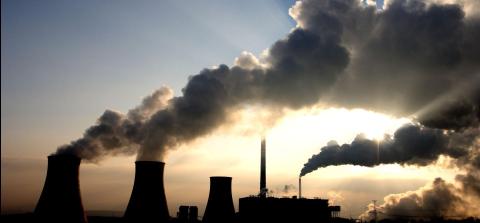Raising the Philippine coal tax makes economic sense
Download Full Report
Key Findings
Lazard’s latest annual Levelized Cost of Energy Analysis (LCOE 11.0) states that it is more expensive to operate conventional fossil fuel energy sources in developing countries like the Philippines than developed countries.
The coal tax will definitely lower the load factors of coal plants because it shifts the dispatch merit in favor of natural gas as well as firm and variable renewable energy. This should incentivize distribution utilities like the Manila Electric Co. (Meralco), Visayan Electric Co. (Veco), and Davao Light to procure least cost electricity supplies instead of continuing to rely on expensive import coal fired power.
Executive Summary
The Philippines’ Department of Finance (DoF) appears committed finally to raising the country’s coal tax—a move that could provide major economic, energy and environmental benefits. The current 20-year-old excise tax on coal is just Php 10 per ton—or about 20 cents per ton—making it essentially meaningless to producers while effectively encouraging energy policy that is harmful to the Philippines its 100 million residents.
Raising the tax would be a crucial first step toward accounting for coal’s real costs, which have traditionally been ignored. A higher tax also would begin to level the playing field across the Philippines energy sector, where by virtue of the tax’s de minimis value, coal has effectively enjoyed a government subsidy that has discouraged investments in wind, solar and other clean generation resources.
It is difficult to put a precise figure on coal’s impact on health and the environment. But other countries offers some context: Coal-linked air pollution in China cut the country’s gross domestic product by an estimated 6.5 percent (roughly US$ 715 billion) in 2016. India spent an estimated US$140 billion for health care costs related directly to air pollution in 2013 and 2014.
The Philippines government knows coal’s effects are problematic; it currently is planning to boost spending on health care by Php 272 billion (US$5.44 billion), and the Duterte administration has broader plans to invest Php 1 trillion (US$20 billion) in public anti-poverty programs. Certainly at least a part of these funds could be raised via a more suitable coal tax, as Table 2 below indicates.
Even raising the tax to 100 Php per ton (US$2) would bring in an estimated US$30 million annually—money that could be earmarked for health care or any of a host of other quality-of-life initiatives. Funds from a higher coal excise tax could be used to finance public-health programs, underwrite universal healthcare, pay for statefunded education, and speed the adoption of timely energy-transition projects such as the broad uptake of solar-powered pumps for irrigation.
Please view full report PDF for references and sources.
















